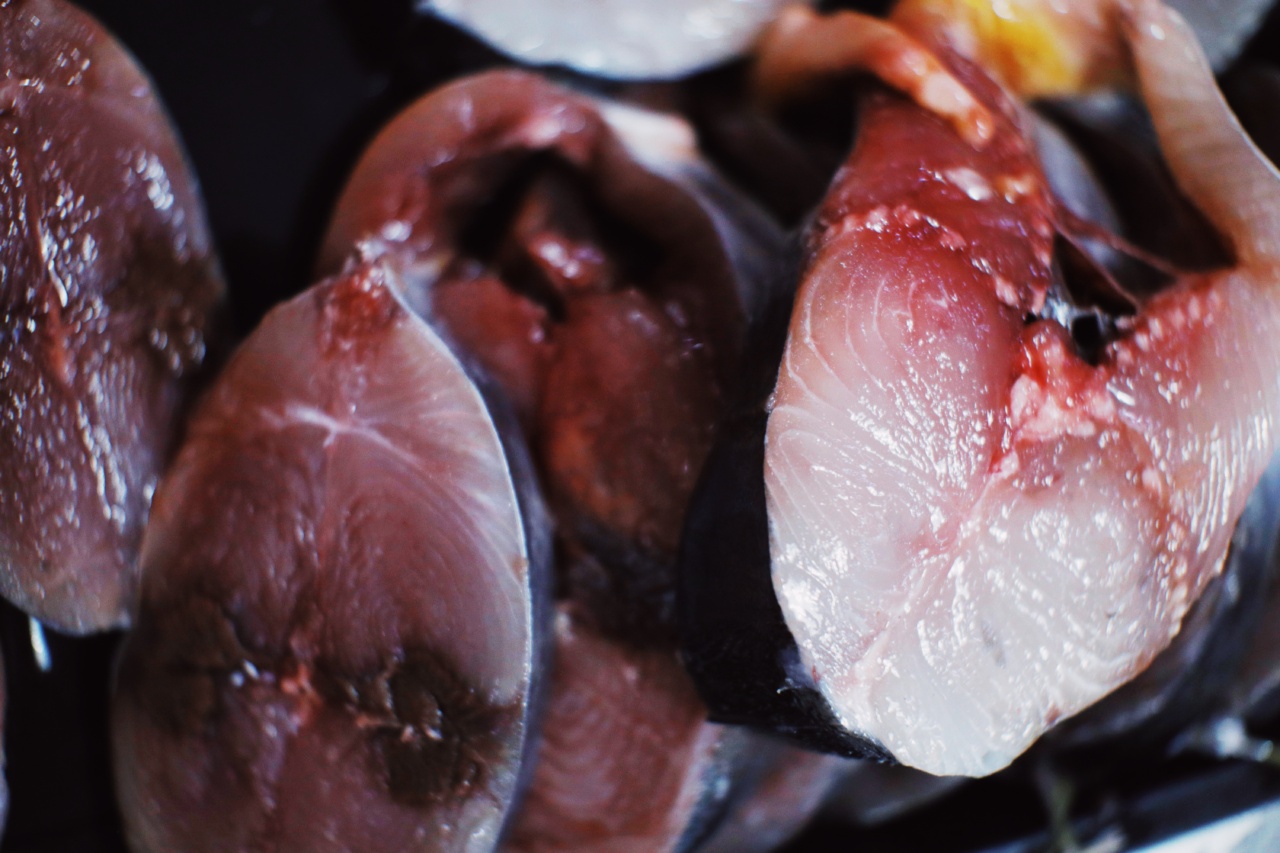Blood clots are a serious health concern that can lead to life-threatening conditions such as deep vein thrombosis (DVT), pulmonary embolism, and stroke.
While there are several factors that contribute to the formation of blood clots, such as genetics, immobility, and certain medical conditions, studies have shown that inadequate nutrition can also increase the risk of developing blood clots.
1. Vitamin K
Vitamin K plays a crucial role in blood clotting. It helps activate proteins that are responsible for clotting, preventing excessive bleeding.
Without enough vitamin K, the blood may have difficulty clotting properly, resulting in an increased risk of clot formation.
To ensure adequate intake of vitamin K, include green leafy vegetables like kale, spinach, and broccoli, as well as other sources like liver, eggs, and dairy products in your diet.
2. Omega-3 Fatty Acids
Omega-3 fatty acids have been shown to have antiplatelet and anticoagulant effects, which help prevent excessive clotting. They also promote healthy blood vessel function and reduce inflammation in the body.
Rich sources of omega-3 fatty acids include oily fish like salmon, mackerel, and sardines, as well as flaxseeds, chia seeds, and walnuts.
3. Vitamin E
Vitamin E is a powerful antioxidant that helps prevent blood cells from clumping together, reducing the likelihood of clot formation. It also contributes to the health of blood vessels, improving blood flow.
Include vitamin E-rich foods in your diet, such as almonds, sunflower seeds, spinach, and avocados.
4. Vitamin C
Vitamin C plays a crucial role in maintaining the health of blood vessels. It strengthens the walls of blood vessels, reducing the risk of damage that may trigger clot formation.
Ensure an adequate intake of vitamin C through citrus fruits, strawberries, kiwi, bell peppers, and dark leafy greens.
5. Magnesium
Magnesium is necessary for normal blood clotting as well as maintaining optimal cardiovascular health. It helps prevent platelets from clumping together and forming clots.
Include magnesium-rich foods in your diet, such as nuts, seeds, whole grains, legumes, and leafy green vegetables.
6. Fiber
Dietary fiber plays a crucial role in maintaining healthy blood vessels and preventing blood clots. It helps reduce cholesterol levels and promotes regular bowel movements, preventing constipation and potential clotting issues.
Increase your fiber intake by consuming whole grains, fruits, vegetables, legumes, and nuts.
7. Vitamin B6
Vitamin B6 is essential for the regulation of a compound called homocysteine. Elevated homocysteine levels have been linked to an increased risk of blood clots.
Include foods high in vitamin B6, such as poultry, fish, whole grains, bananas, potatoes, and spinach.
8. Zinc
Zinc is necessary for normal blood clotting and the proper functioning of platelets. It helps maintain the health of blood vessels and prevents excessive clot formation.
Include zinc-rich foods in your diet, such as oysters, lean meats, poultry, nuts, and seeds.
9. Iron
Iron is essential for the production of hemoglobin, which carries oxygen to the body’s tissues. Inadequate iron levels can lead to anemia, resulting in blood clotting issues.
Include iron-rich foods in your diet, such as lean meats, fish, poultry, beans, lentils, and dark leafy greens.
10. Vitamin D
Vitamin D deficiency has been associated with an increased risk of blood clots. It plays a role in regulating the formation of blood cells and prevents excessive clotting.
Boost your vitamin D levels by spending time outdoors in the sun, consuming fatty fish like salmon and mackerel, and considering supplements if necessary.
Conclusion
Proper nutrition plays a crucial role in maintaining healthy blood vessels and reducing the risk of blood clots.
Ensure a well-balanced diet that includes the nutrients mentioned above to promote optimal cardiovascular health and minimize the risk of clot formation.































